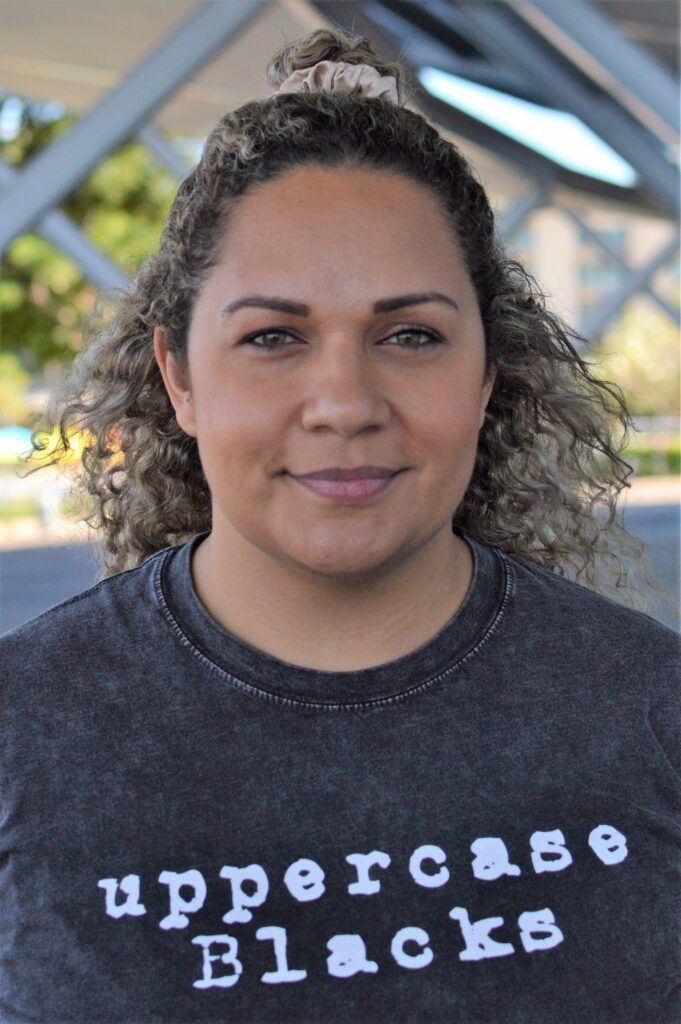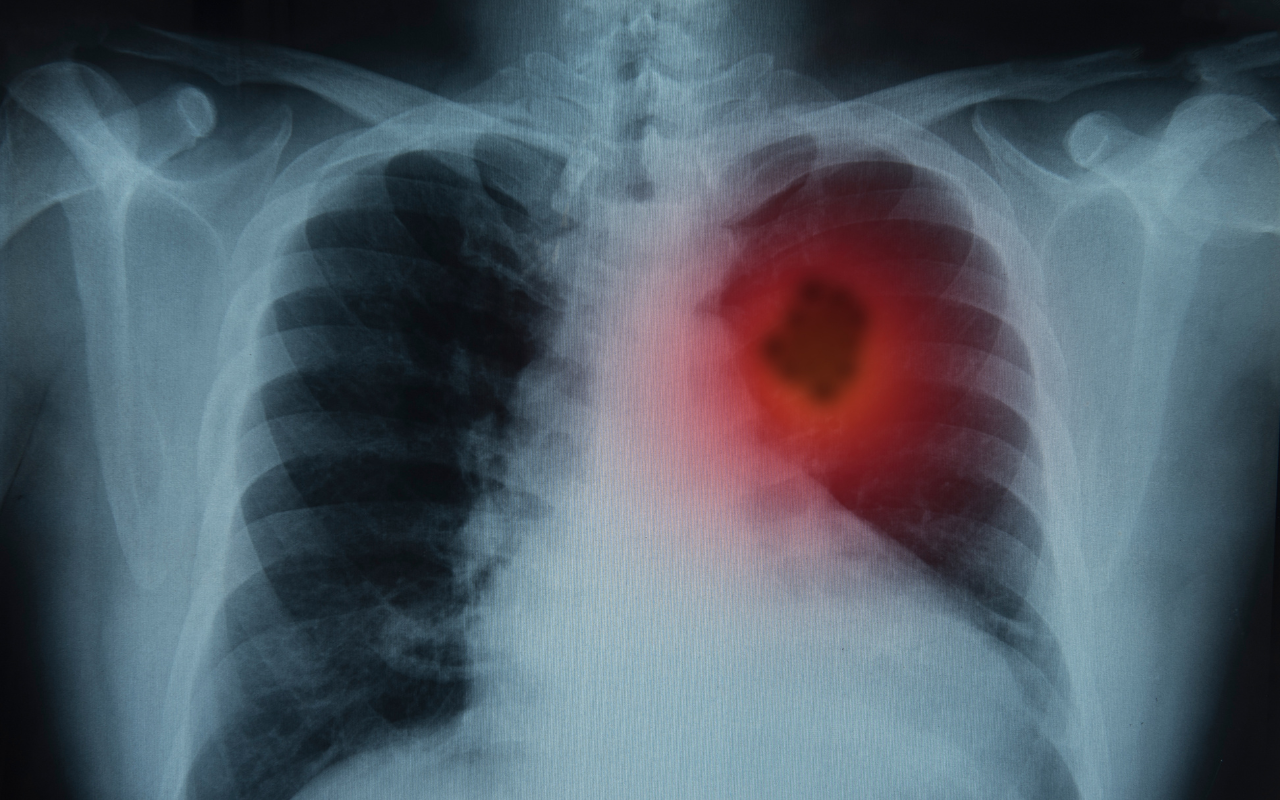The recently announced National Lung Cancer Screening Program has the potential to deliver significant health outcomes for Aboriginal and Torres Strait Islander people, but only if the program is codesigned by the communities who need it most.
Aboriginal and Torres Strait Islander peoples have the most to gain from the National Lung Cancer Screening Program and, therefore, must be involved in the codesign of such a program, according to a Perspective published today in the Medical Journal of Australia.
The National Lung Cancer Screening Program was announced by the Australian Government in May 2023 and is due to begin in July 2025.
The program will refer individuals aged 50–70 years with a significant history of cigarette smoking for an low dose computed tomography (LDCT) to help identify lung cancer at an early stage where survival rates are substantially improved.
Aboriginal and Torres Strait Islander peoples have a disproportionate burden of lung cancer in Australia, experiencing double the rates of lung cancer compared with non-Indigenous populations.
Senior article author, Associate Professor Lisa Whop, believes the new program could deliver improved health outcomes for Aboriginal and Torres Strait Islander populations, but a one-size-fits-all approach will not work.
“We know existing cancer screening programs have struggled to meet the needs of Aboriginal and Torres Strait Islander people and this is reflected in low participation rates,” Associate Professor Whop told InSight+.
“Ensuring Aboriginal and Torres Strait Islander community leaders and organisations and those with lived experience are key architects in designing this program will help address some of these participation barriers.”

Overcoming existing barriers
The authors examined existing cancer screening programs to highlight the known barriers facing Aboriginal and Torres Strait Islander peoples.
These barriers include a participant’s understanding of the benefits of screening, the fear or shame associated with the screen or cancer diagnosis, and a lack of awareness of cancer screening (here and here).
“Doctors need to understand the unique challenges and fears faced by Aboriginal and Torres Strait Islander peoples navigating a complex health system as part of this screening process and ensure that people not only clearly understand the potential benefits of lung cancer screening but that their experience is culturally appropriate and safe,” Associate Professor Whop said.
“If it isn’t, they will not return for needed follow-up screening.”
A lung cancer screening program could present additional barriers, due to the need for targeted recruitment, complex shared decision-making processes, and referral for an LDCT by a general practitioner in rural and remote regions where resources and health care workforces are already limited.
Codesign and cultural safety
Associate Professor Whop emphasised the need to tailor the program to the needs of communities in order to support participation along the lung cancer screening pathway.
“This might be through ensuring the benefits of the program are communicated appropriately for communities and promotion programs are led by trusted community leaders,” Associate Professor Whop said.
“It might also involve strategies such as group transport to regional screening services or community education days.
“Importantly, ensuring Aboriginal and Torres Strait Islander people’s needs are met, as design by and with Aboriginal and Torres Strait Islander people from the outset will ensure a culturally safe and effective program for all Australians.”
Building an equitable screening program
The authors highlight four key elements of an equitable Lung Cancer Screening Program:
- codesigning the screening pathway through a process that is guided at all stages by Aboriginal and Torres Strait Islander leadership;
- ensuring the benefits of lung cancer screening are identified by Aboriginal and Torres Strait Islander peoples and not presumed by others;
- incorporating lessons learned from existing cancer screening programs; and
- implementing a lung cancer screening pathway for Aboriginal and Torres Strait Islander peoples which is accountable to and overseen by Aboriginal and Torres Strait Islander leadership.
“Without Aboriginal and Torres Strait Islander peoples guiding the design of this program, there is a risk of repeating the inequities we see in existing cancer screening,” Associate Professor Whop told InSight+.
“We know that programs designed by and with Aboriginal and Torres Strait Islander peoples will bring many benefits not only to these populations but to many others who face similar challenges accessing important services.”
Read the perspective in the Medical Journal of Australia.
Subscribe to the free InSight+ weekly newsletter here. It is available to all readers, not just registered medical practitioners.

 more_vert
more_vert